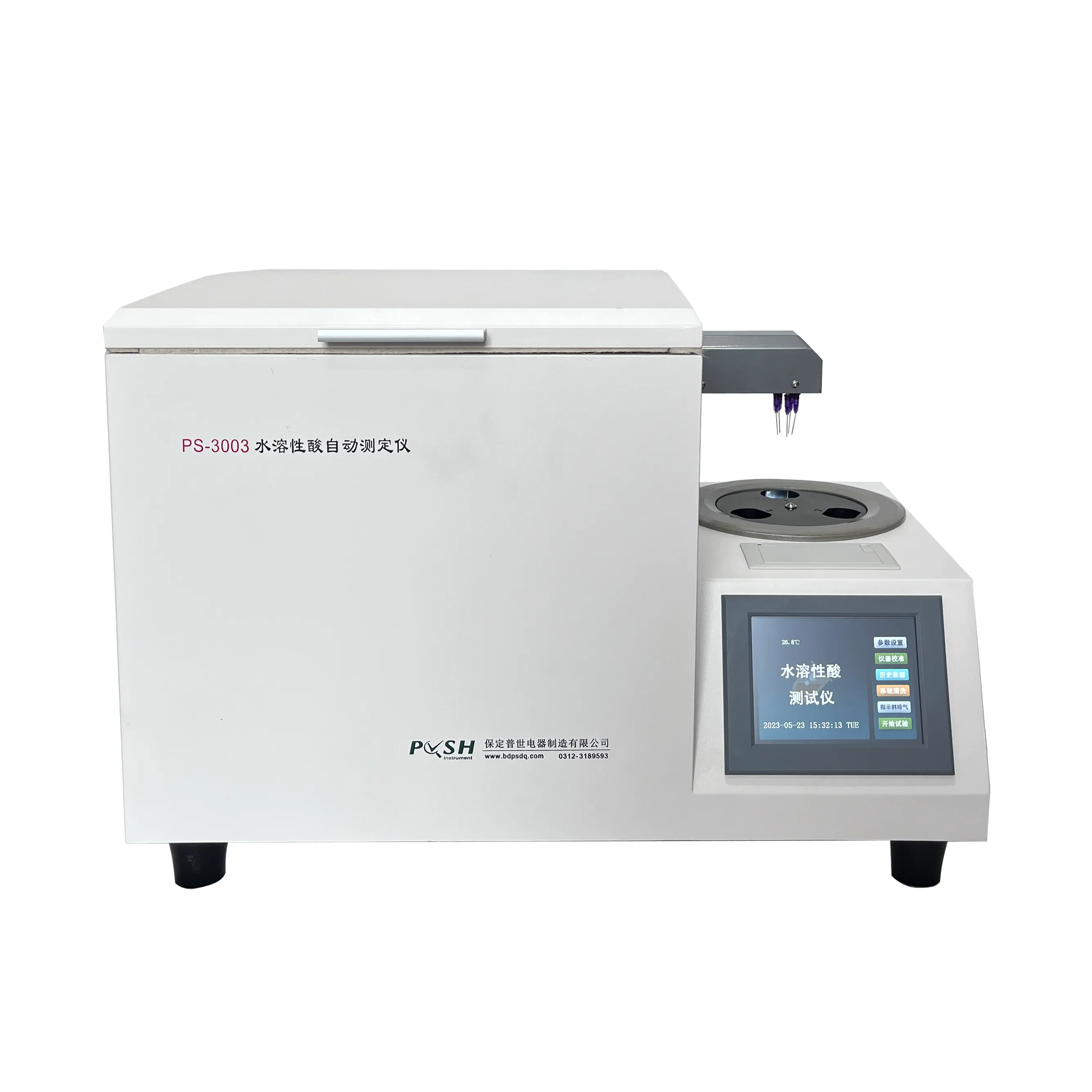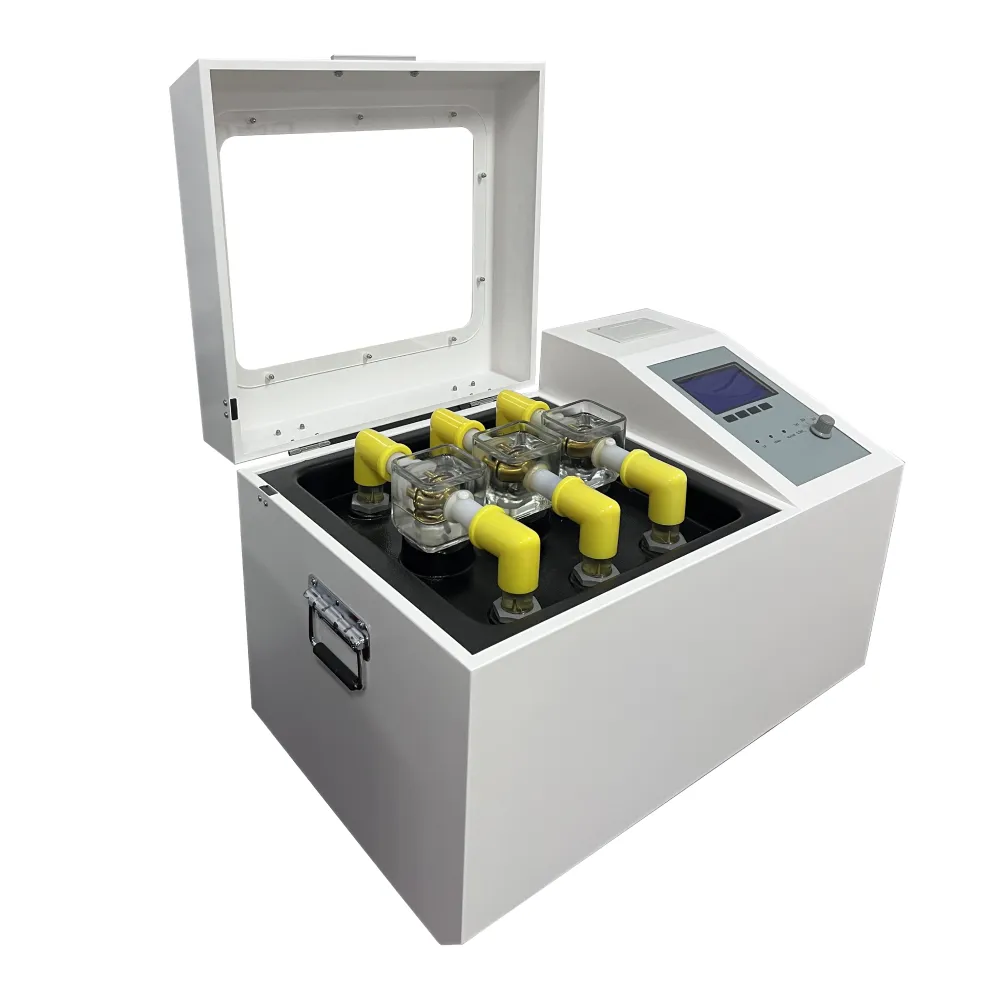TEL:
+86-0312-3189593
 English
English

Telephone:0312-3189593

Email:sales@oil-tester.com

-
 Afrikaans
Afrikaans -
 Albanian
Albanian -
 Amharic
Amharic -
 Arabic
Arabic -
 Armenian
Armenian -
 Azerbaijani
Azerbaijani -
 Basque
Basque -
 Belarusian
Belarusian -
 Bengali
Bengali -
 Bosnian
Bosnian -
 Bulgarian
Bulgarian -
 Catalan
Catalan -
 Cebuano
Cebuano -
 China
China -
 China (Taiwan)
China (Taiwan) -
 Corsican
Corsican -
 Croatian
Croatian -
 Czech
Czech -
 Danish
Danish -
 Dutch
Dutch -
 English
English -
 Esperanto
Esperanto -
 Estonian
Estonian -
 Finnish
Finnish -
 French
French -
 Frisian
Frisian -
 Galician
Galician -
 Georgian
Georgian -
 German
German -
 Greek
Greek -
 Gujarati
Gujarati -
 Haitian Creole
Haitian Creole -
 hausa
hausa -
 hawaiian
hawaiian -
 Hebrew
Hebrew -
 Hindi
Hindi -
 Miao
Miao -
 Hungarian
Hungarian -
 Icelandic
Icelandic -
 igbo
igbo -
 Indonesian
Indonesian -
 irish
irish -
 Italian
Italian -
 Japanese
Japanese -
 Javanese
Javanese -
 Kannada
Kannada -
 kazakh
kazakh -
 Khmer
Khmer -
 Rwandese
Rwandese -
 Korean
Korean -
 Kurdish
Kurdish -
 Kyrgyz
Kyrgyz -
 Lao
Lao -
 Latin
Latin -
 Latvian
Latvian -
 Lithuanian
Lithuanian -
 Luxembourgish
Luxembourgish -
 Macedonian
Macedonian -
 Malgashi
Malgashi -
 Malay
Malay -
 Malayalam
Malayalam -
 Maltese
Maltese -
 Maori
Maori -
 Marathi
Marathi -
 Mongolian
Mongolian -
 Myanmar
Myanmar -
 Nepali
Nepali -
 Norwegian
Norwegian -
 Norwegian
Norwegian -
 Occitan
Occitan -
 Pashto
Pashto -
 Persian
Persian -
 Polish
Polish -
 Portuguese
Portuguese -
 Punjabi
Punjabi -
 Romanian
Romanian -
 Russian
Russian -
 Samoan
Samoan -
 Scottish Gaelic
Scottish Gaelic -
 Serbian
Serbian -
 Sesotho
Sesotho -
 Shona
Shona -
 Sindhi
Sindhi -
 Sinhala
Sinhala -
 Slovak
Slovak -
 Slovenian
Slovenian -
 Somali
Somali -
 Spanish
Spanish -
 Sundanese
Sundanese -
 Swahili
Swahili -
 Swedish
Swedish -
 Tagalog
Tagalog -
 Tajik
Tajik -
 Tamil
Tamil -
 Tatar
Tatar -
 Telugu
Telugu -
 Thai
Thai -
 Turkish
Turkish -
 Turkmen
Turkmen -
 Ukrainian
Ukrainian -
 Urdu
Urdu -
 Uighur
Uighur -
 Uzbek
Uzbek -
 Vietnamese
Vietnamese -
 Welsh
Welsh -
 Bantu
Bantu -
 Yiddish
Yiddish -
 Yoruba
Yoruba -
 Zulu
Zulu
Fev . 03, 2025 05:13
Back to list
PS-DC10A Transformer DC Winding Resistance Tester
DC winding resistance plays a crucial role in the performance and reliability of electrical equipment, such as transformers, motors, and generators. Understanding how to accurately measure and interpret this parameter is vital for ensuring optimal functionality and extending the lifespan of these machines.
DC winding resistance testing appears routine but holds substantial authority in predictive maintenance and quality assurance. Skillful interpretation of test results demands not only expertise in electrical systems but also an understanding of the specific equipment historical benchmarks. This knowledge allows professionals to distinguish between normal operational variations and signs of degradation or failure. Critical to professionalism in this field, adherence to established testing protocols — such as those outlined by the IEEE or IEC standards — ensures consistency and reliability in results. Compliance with these standards enhances the credibility of measurements taken and reassures clients or stakeholders of the integrity of the assessment and the equipment involved. Experience in the field further amplifies the reliable application of DC resistance testing. Professionals often develop a keen eye for spotting potential failures early and taking proactive steps, such as adjusting load profiles or initiating preventive maintenance shutdowns, thus protecting valuable assets. DC winding resistance is not merely a measurement but a gateway to understanding the health of an electric machine. When integrated into a comprehensive maintenance strategy, this provides unmatched insights into machine health, ensuring equipment runs more efficiently and lasts longer. This approach, characterized by thoroughness, professionalism, and the latest diagnostic tools, ensures that facilities remain operational and profitable, safeguarding both assets and investments.


DC winding resistance testing appears routine but holds substantial authority in predictive maintenance and quality assurance. Skillful interpretation of test results demands not only expertise in electrical systems but also an understanding of the specific equipment historical benchmarks. This knowledge allows professionals to distinguish between normal operational variations and signs of degradation or failure. Critical to professionalism in this field, adherence to established testing protocols — such as those outlined by the IEEE or IEC standards — ensures consistency and reliability in results. Compliance with these standards enhances the credibility of measurements taken and reassures clients or stakeholders of the integrity of the assessment and the equipment involved. Experience in the field further amplifies the reliable application of DC resistance testing. Professionals often develop a keen eye for spotting potential failures early and taking proactive steps, such as adjusting load profiles or initiating preventive maintenance shutdowns, thus protecting valuable assets. DC winding resistance is not merely a measurement but a gateway to understanding the health of an electric machine. When integrated into a comprehensive maintenance strategy, this provides unmatched insights into machine health, ensuring equipment runs more efficiently and lasts longer. This approach, characterized by thoroughness, professionalism, and the latest diagnostic tools, ensures that facilities remain operational and profitable, safeguarding both assets and investments.
Latest news
-
Using Distillation Range Testers in the Food and Beverage IndustryNewsApr.16,2025
-
The Impact of IoT on Distillation Range Tester PerformanceNewsApr.16,2025
-
The Best Distillation Range Testers for Extreme ConditionsNewsApr.16,2025
-
How Distillation Range Testers Save Time and MoneyNewsApr.16,2025
-
Distillation Devices for Advanced Separation TechniquesNewsApr.16,2025
-
Common Mistakes to Avoid When Using a Distillation Range TesterNewsApr.16,2025



